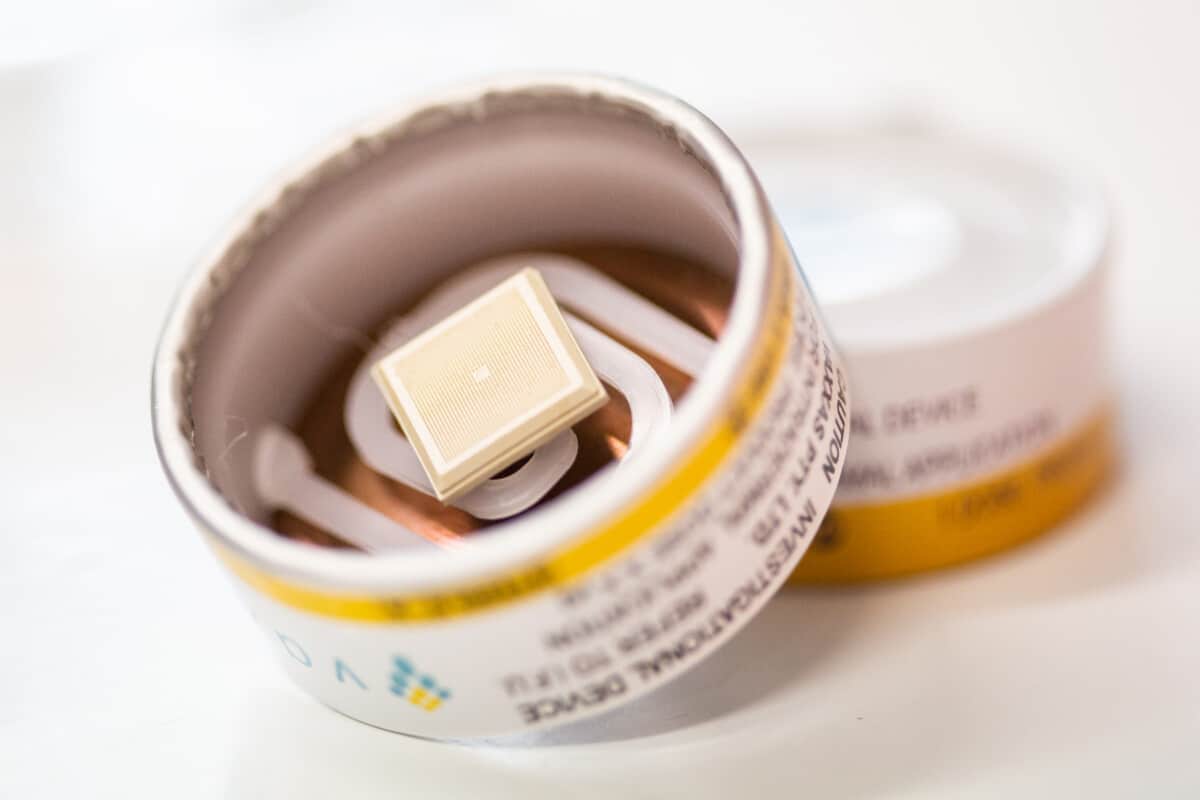
Researchers have successfully developed a ‘patch’ with which people can still be vaccinated against COVID-19 in a pain-free and needle-free way.
Some people have shivers just at the sight of a needle. They shouldn’t even think about putting that needle in his or her arm. Vaccinating against, for example, COVID-19 is a real nightmare for people with a fear of injection. But a solution is near. Because researchers have now devised a method to vaccinate people without those nasty needles.
With prick fear, someone is afraid of procedures that involve a needle. Think of blood tests or vaccinations. Puncture fear is quite common; as many as 1 in 5 people have some form of needlestick anxiety. Some people are so afraid of needles that they refuse important medical procedures. Children often find needles very scary, although in most cases they grow out of them. If you suffer from needlestick anxiety as an adult, it is often due to a traumatic event in the past or negative stories that are going around. If you suffer from severe needlestick anxiety, you may start to tremble or sweat, feel nauseous, hyperventilate or have the feeling that you could pass out at any moment. And for these people, a plaster instead of a needle can of course offer a huge solution.
In the study the researchers made a kind of ‘patch’ with 5000 tiny, almost invisible pins on it. And when this patch is applied to the skin, the vaccine is injected into the skin almost imperceptibly. “This method is much more user-friendly than a needle,” said researcher David Muller. “You just ‘click’ it on the skin with an applicator.”

The developed ‘patch’ with which vaccines can be administered in a pain-free and needle-free manner. Image: The University of Queensland
In an experiment, the researchers tested this vaccine patch on mice. And the results are promising. It appears that the mice were successfully protected against the corona virus. “It also neutralizes multiple varieties,” Muller says, “including those from the UK and South Africa.”
Strong immune response
But surprisingly, the mice were not only effectively protected against COVID-19. “When we administered the vaccine using the patch – rather than a needle – we saw even better and faster immune responses,” Muller said.
Temperature Requirements
In addition, there are no strict temperature requirements attached to the patches, as is the case with many of the current vaccines. For example, the correct storage temperature for many vaccines is between 2 and 8 degrees Celsius. “When the vaccine is applied as a dry layer to a patch, it remains stable for at least 30 days at 25 degrees Celsius and a week at 40 degrees Celsius,” the researcher continues. “So no low temperatures are needed.” And that can offer a solution, especially in warm countries.
Enthusiastic
The researchers are very excited about the findings. “The results speak for themselves,” said David Hoey, CEO of the biotechnology company Vaxxas, which plans to market the patches. “Vaccination through the patch produces much stronger and more protective immune responses against COVID-19 than a needle. The prospect of a single-dose vaccine, which can be easily distributed and self-administered, would greatly improve global vaccination capabilities.”
Muller hopes to bring the technology to market as soon as possible, together with Vaxxas, although there are still important clinical trials ahead. But there is no doubt that the vaccine patch has potential and would make it easier for many people to get vaccinated. “It could greatly support the rollout of vaccines,” Muller says. “Especially for the billions of vulnerable people in low- and middle-income countries.”
Source material:
“Needle-free COVID-19 vaccine shows promise– The University of Queensland (via Scimex)
Image at the top of this article: Vaxxas